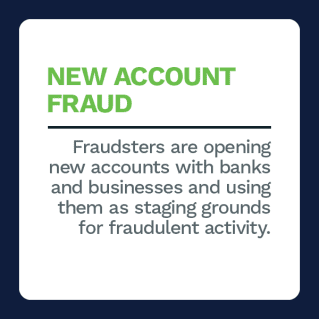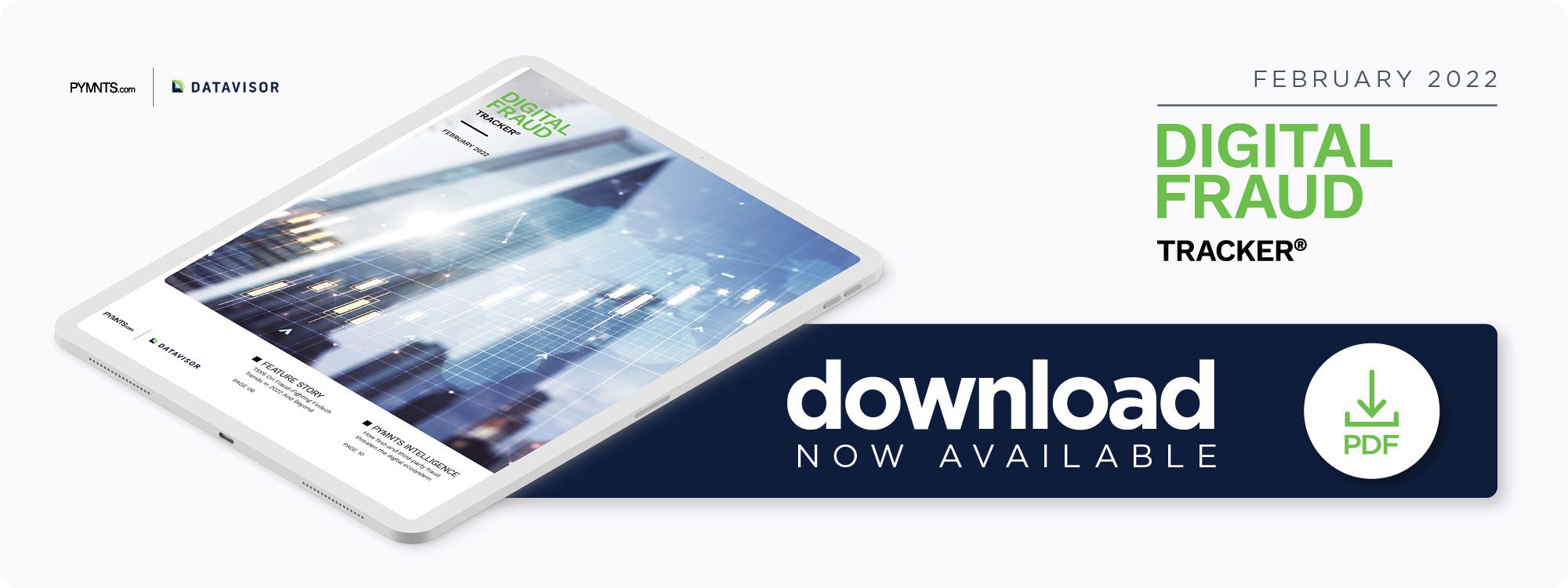Why Context Is Key to Effectively Fighting Fraud

The word “fraud” is a deceptively simple term covering a growing variety of sophisticated crimes, including identity fraud, account takeovers (ATOs) and so-called friendly fraud. The pandemic-driven shift to digital channels gave rise to a sizable increase in fraud beginning in 2020, and this trend shows no signs of slowing. Organizations worldwide are left to learn how to fight it effectively and win.
In the February “Digital Fraud Tracker®,” PYMNTS examines current digital fraud trends and the outlook for the rest of the year and beyond.
Around the Digital Fraud Space
Social media is proving to be a treasure trove for fraudsters. A new Federal Trade Commission report announced that consumers lost $770 million to social media scams in 2021, more than one-quarter of all fraud losses last year. The figure, up a staggering 18 times from 2017, made social media the single most profitable contact method for fraudsters in 2021. Younger consumers are also becoming a key target, with adults ages 18 to 39 reporting fraud losses at 2.4 times the rate of adults ages 40 and up. Investment scams and romance scams were the top two most lucrative fraud types for social media scam artists last year.
Fraud is a scourge to all businesses, but it takes a hefty toll on technology firms. A recent PYMNTS report noted that 19% of technology firms say financial fraud is their top accounts receivable pain point. Financial fraud has been a growing concern across industries as bad actors exploit the rising amount of economic activity online.  Fraud was far and away technology companies’ top reported pain point, followed by the complications of managing multiple vendor relationships at 12%. Fraud detection was the area for which technology companies were most likely to turn to vendors for support, with 29% reporting that they work with third-party providers in this aspect of their businesses.
Fraud was far and away technology companies’ top reported pain point, followed by the complications of managing multiple vendor relationships at 12%. Fraud detection was the area for which technology companies were most likely to turn to vendors for support, with 29% reporting that they work with third-party providers in this aspect of their businesses.
For more on these and other digital fraud headlines, read the Tracker’s News and Trends section.
TSYS on Fraud-Fighting FinTech Trends in 2022 and Beyond
Fraud had a record-breaking year in 2021, so prudent companies are taking special care to stay informed, aware and cautious in the year ahead. Whether fraudsters up their games in 2022 or not, many in the banking and payments industries are looking to strike back. Dondi Black, senior vice president and head of product at TSYS, a global payments company headquartered in Georgia, spoke with PYMNTS about the FinTech and fraud trends that companies of all kinds should be aware of and prepared to fight.
To learn more about how banking and payments industries are fighting fraud, visit the Tracker’s Feature Story.
PYMNTS Intelligence: The Problems of First- and Third-Party Fraud in the Digital Ecosystem
 Digital fraud is a constant threat to banks, businesses, government entities and individuals, and its volume and costs continue to expand, despite the best efforts of oversight agencies and security and risk management teams. Fraud can largely be divided into two general types: third-party fraud, in which bad actors mask their identities to stage attacks, and first-party fraud, in which disingenuous actors use their own identities in malicious ways. Both are threats to consumers and organizations of all types, and both cause millions of dollars in damage annually.
Digital fraud is a constant threat to banks, businesses, government entities and individuals, and its volume and costs continue to expand, despite the best efforts of oversight agencies and security and risk management teams. Fraud can largely be divided into two general types: third-party fraud, in which bad actors mask their identities to stage attacks, and first-party fraud, in which disingenuous actors use their own identities in malicious ways. Both are threats to consumers and organizations of all types, and both cause millions of dollars in damage annually.
To learn more about the various methods that first- and third-party fraudsters leverage in their schemes, visit the Tracker’s PYMNTS Intelligence.
About the Tracker
The “Digital Fraud Tracker®,” a PYMNTS and DataVisor collaboration, examines the latest developments in the digital fraud space around the globe.
